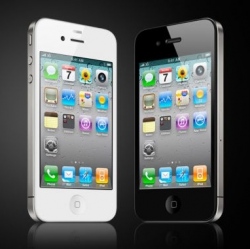
A micro-windmill that generates wind energy and may become an innovative solution to cell phone batteries constantly in need of recharging and home energy generation where large windmills are not preferred.
Smitha Rao and J.-C. Chiao designed and built the device that is about 1.8 mm at its widest point. A single grain of rice could hold about 10 of these tiny windmills. Hundreds of the windmills could be embedded in a sleeve for a cell phone. Wind, created by waving the cell phone in air or holding it up to an open window on a windy day, would generate the electricity that could be collected by the cell phone’s battery.
Rao’s works in micro-robotic devices initially heightened a Taiwanese company’s interest in having Rao and Chiao brainstorm over novel device designs and applications for the company’s unique fabrication techniques, which are known in the semiconductor industry for their reliability.
"The company was quite surprised with the micro-windmill idea when we showed the demo video of working devices," Rao said. "It was something completely out of the blue for them and their investors."
Rao’s designs blend origami concepts into conventional wafer-scale semiconductor device layouts so complex 3-D moveable mechanical structures can be self-assembled from two-dimensional metal pieces utilizing planar multilayer electroplating techniques that have been optimized by WinMEMS Technologies Co., the Taiwanese fabrication foundry that took an initial interest in Rao’s work.
"The micro-windmills work well because the metal alloy is flexible and Smitha’s design follows minimalism for functionality." Chiao said. WinMEMS became interested in the micro-electro mechanical system research and started a relationship with UT Arlington. Company representatives visited with the UT Arlington team several times in 2013 to discuss collaboration.
